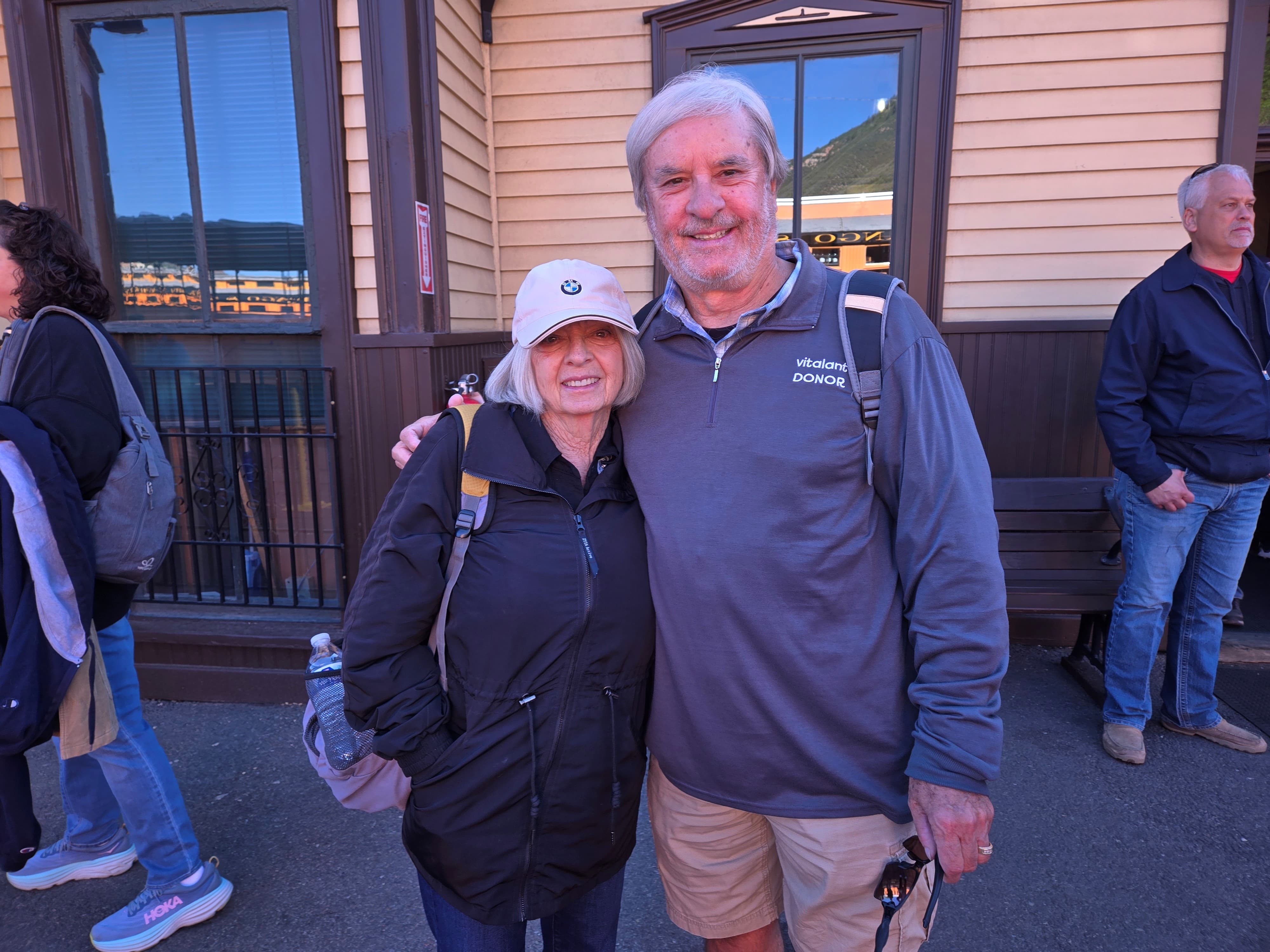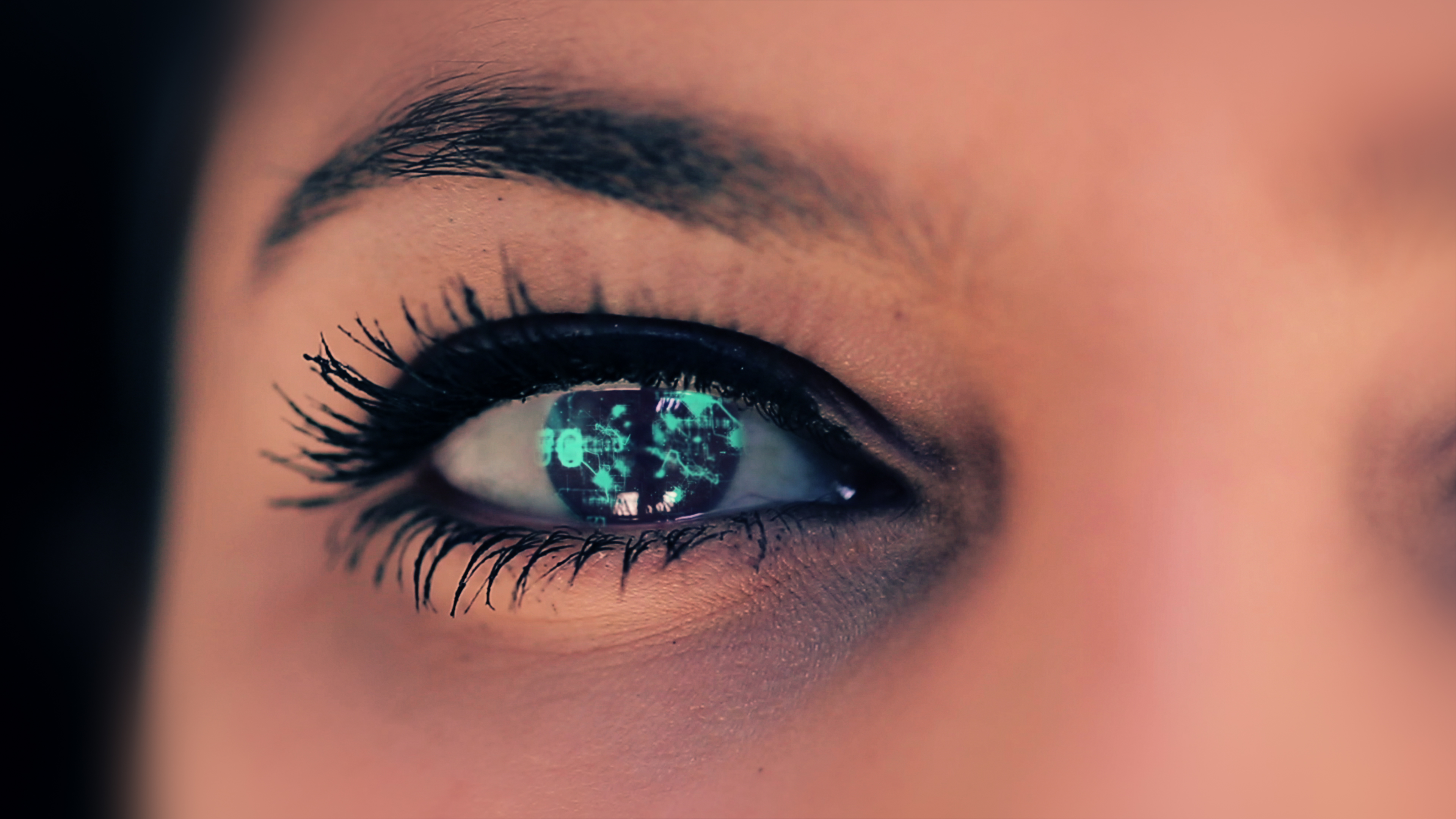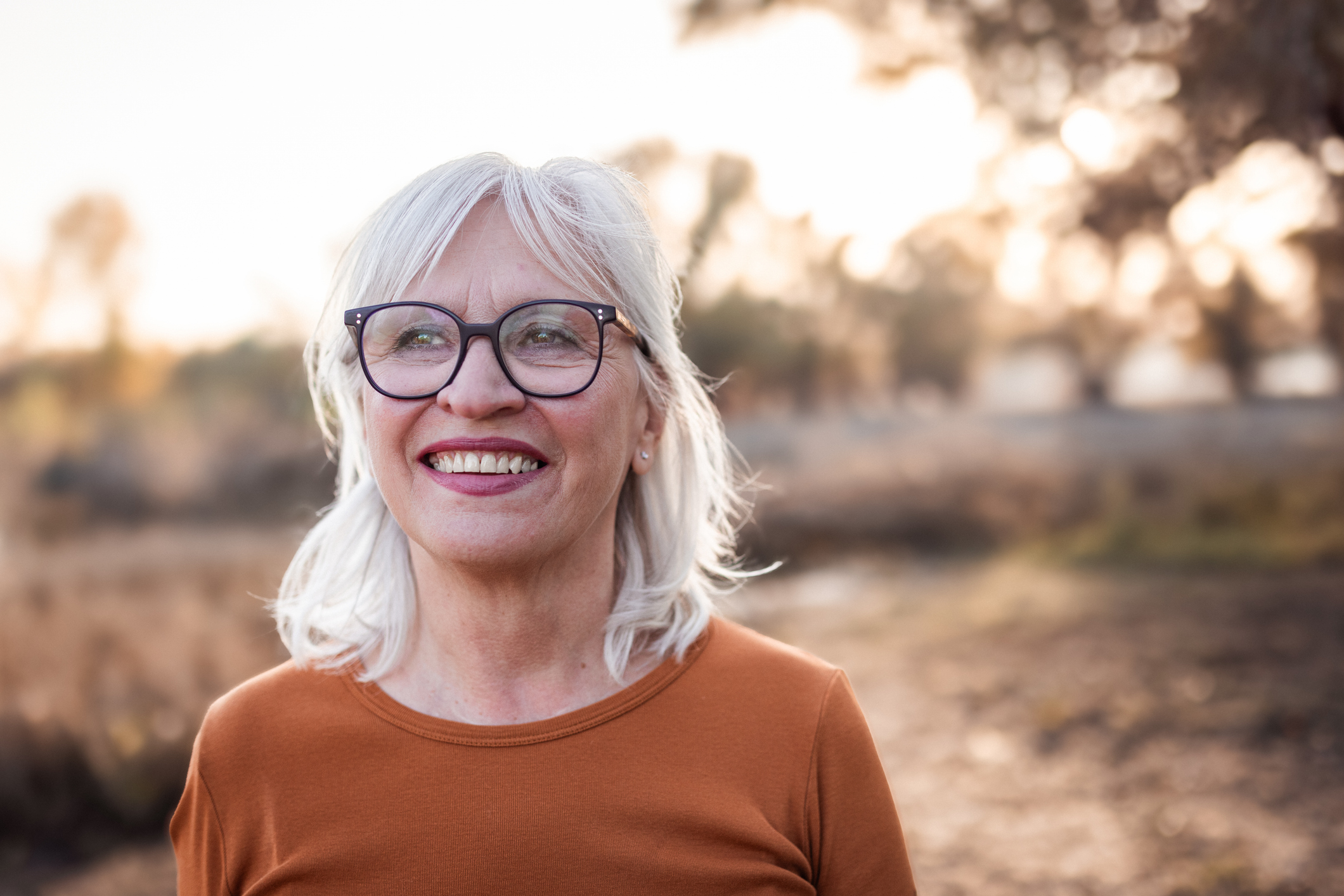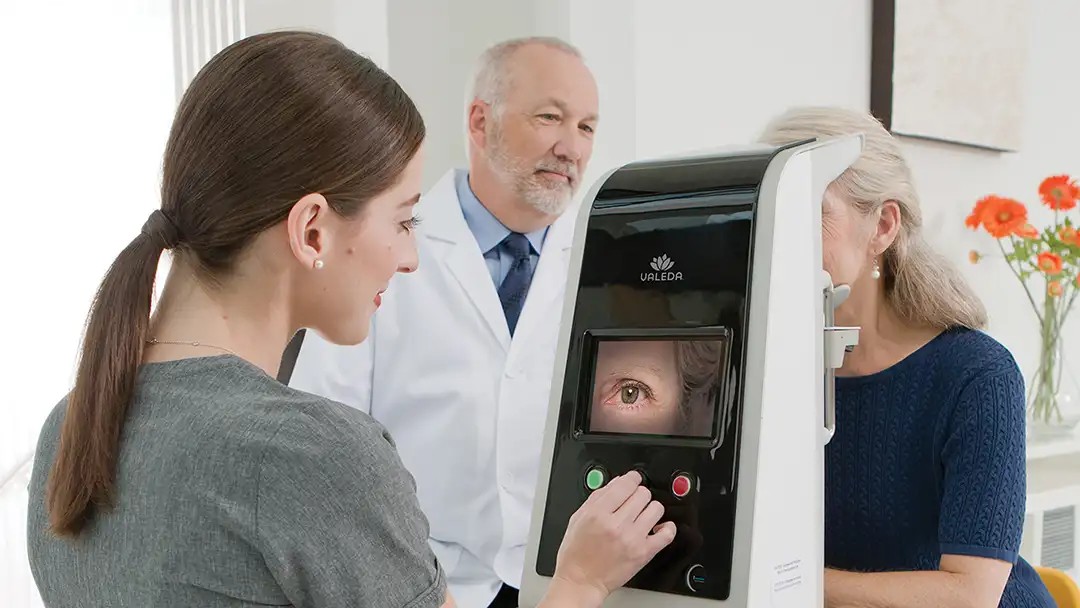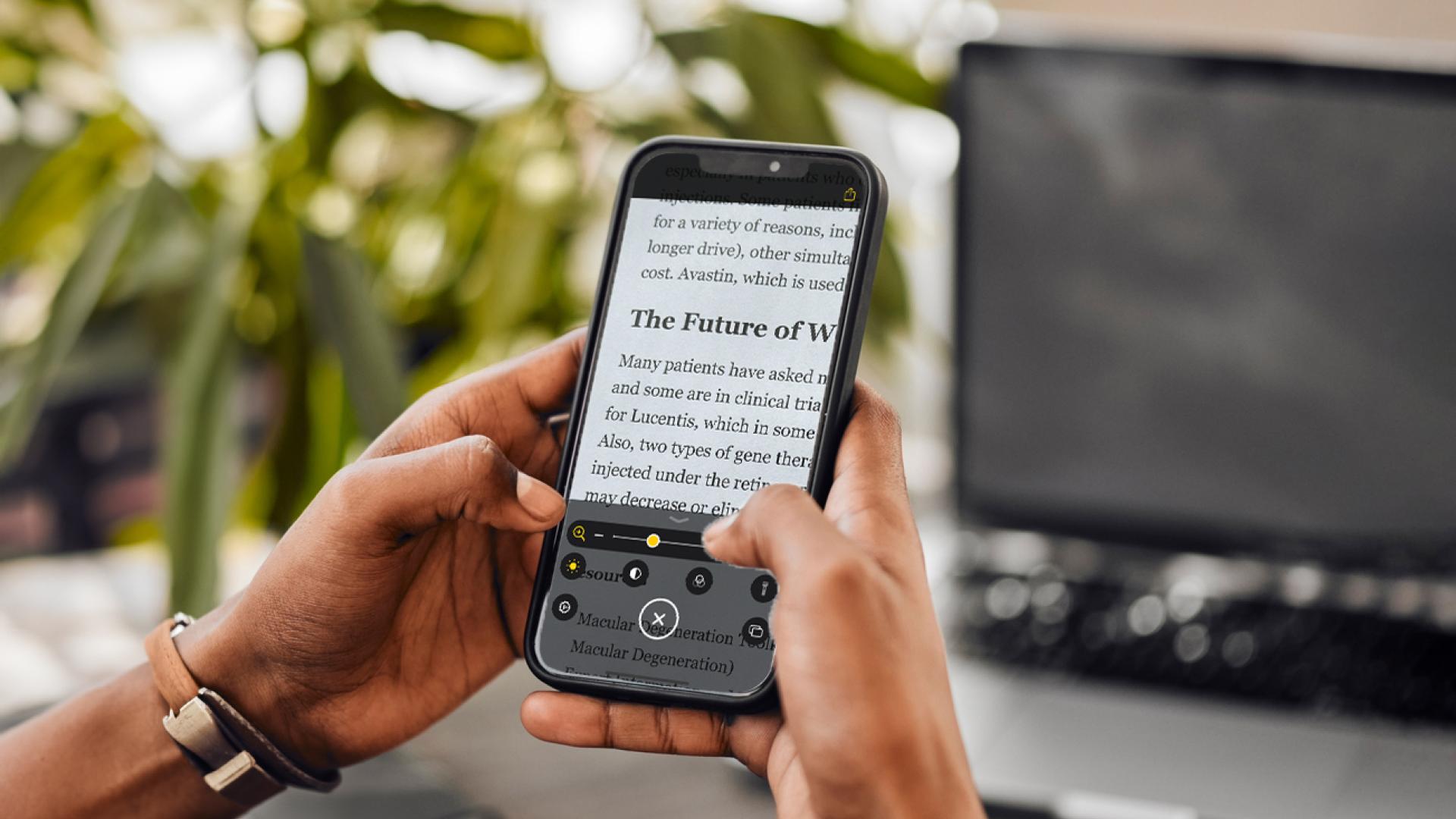
People diagnosed with age-related macular degeneration (AMD) experience loss of central vision in one or both eyes, which will impact everyday tasks like reading, recognizing faces, and seeing street signs. This vision loss can no longer be corrected with traditional eyeglasses or contacts and is often referred to as “low vision.” Although vision loss can make regular tasks more difficult and can be very frustrating, undergoing vision rehabilitation can help.
According to the National Eye Institute, about 4.2 million Americans age 40 and older can be classified as having low vision. Learning how to optimize their remaining sight becomes a high priority. Vision rehabilitation, also known as low-vision rehabilitation, is a process through which individuals can pursue their independence and a good quality of life.
Vision rehabilitation is not just a “one-stop” visit to the doctor. A wide range of vision rehabilitation opportunities — both formal and informal — are available to optimize your remaining sight. These could include a formal low-vision evaluation, occupational therapy, a visit to self-help locations to learn about visual aids and local resources, as well as support/resource-sharing groups. With these opportunities, you can learn to adapt as your vision changes, to maintain your independence and quality of life.
Low-Vision Evaluation
Some optometrists and ophthalmologists, after undergoing training on low vision, offer low-vision rehabilitation as part of their practice. During an exam, a comprehensive low vision evaluation is performed to measure your remaining vision. The doctor may also counsel you about coping with loss, introduce various aids (both visual and non-visual), and provide training and education on different compensatory strategies. These include optical strategies, such as magnifiers or telescopes; non-optical strategies, such as lighting and contrast modifications; and appropriate environmental modifications, which may include removing loose rugs or safety-proofing your kitchen.
An initial low-vision evaluation typically lasts an hour or more, as the doctor will work with you extensively to identify individualized compensatory strategies. Each person’s type and level of vision loss is different. There is not a “one size fits all” solution. Often, a patient may learn more about his or her level of vision loss and what still can be seen during the exam. Various types of aids and devices are available. Some are on the more expensive side, so it’s important to choose the right aids. Therefore, this evaluation is important to save you both money and time.
Occupational Therapists, Specializing in Low Vision
Following your initial low-vision evaluation, another appointment with your low-vision specialist or a referral to an occupational therapist may be necessary for continued training and exploration. Occupational therapists (OTs) specializing in low vision are often available at assisted living locations, senior communities, and private in-home visits. OTs identify different strategies to make your home more accommodating: lighting and contrast, mapping an accommodating floor plan for the home, and correct usage of some devices. All of this is to help create a more comfortable home, allowing you to continue enjoying life.
Other Programs
There are organizations and government-funded programs that provide opportunities to try different aids and devices at no cost, with non-medical personnel who have experience and knowledge of low-vision aids and devices, and with vision rehabilitation teachers. Some of these specialists are visually impaired themselves and can relate to and understand the issues you’re encountering. These agencies will also inform you of local resources and programs available for those with vision loss. They also provide orientation and mobility training for safe walking, crossing streets, and using public transportation. There are counselors for vocation training, independent living skills training, as well as residential facilities for those needing more comprehensive training in adapting to their vision loss. Staying up to date with the many resources, aids, and devices is paramount.
Support and Sharing Groups
The final, but very important, part of vision rehabilitation is support and resource-sharing groups. These groups allow you to discuss different issues you may have with peers with vision impairment and/or blindness, learn from one another on how to overcome them, and also hear from experts about various resources and activities. Talking with others experiencing similar issues is very helpful to learn about unique strategies and to know that you are not alone in this endeavor; many have the same issues!
Vision rehabilitation is not a magic pair of glasses that will provide perfect vision. It can, however, help maintain independence and do more! Rehabilitation teaches the use of other senses to compensate for the sight lost, such as touch and audio. It informs you of available resources and services available to you. It provides the opportunity for you to take ownership and not allow vision loss to control your life.
Effective rehabilitation provides hope. Losing sight can be terrifying. It is important to know that even with vision loss, you can still do many things you may fear losing.
To find an ophthalmologist or optometrist specializing in low vision, speak to your regular eye care provider first to refer you to any of the resources discussed above. Alternatively, you may contact the American Optometric Association, American Academy of Ophthalmology, VisionServe Alliance, or the National Eye Institute. Many schools of optometry and ophthalmology departments at major teaching hospitals also have their own low-vision clinics open to the public.
About BrightFocus Foundation
BrightFocus Foundation is a premier global nonprofit funder of research to defeat Alzheimer’s, macular degeneration, and glaucoma. Since its inception more than 50 years ago, BrightFocus and its flagship research programs—Alzheimer’s Disease Research, Macular Degeneration Research, and National Glaucoma Research—has awarded more than $300 million in research grants to scientists around the world, catalyzing thousands of scientific breakthroughs, life-enhancing treatments, and diagnostic tools. We also share the latest research findings, expert information, and resources to empower the millions impacted by these devastating diseases. Learn more at brightfocus.org.
Disclaimer: The information provided here is a public service of BrightFocus Foundation and is not intended to constitute medical advice. Please consult your physician for personalized medical, dietary, and/or exercise advice. Any medications or supplements should only be taken under medical supervision. BrightFocus Foundation does not endorse any medical products or therapies.
- Lifestyle




